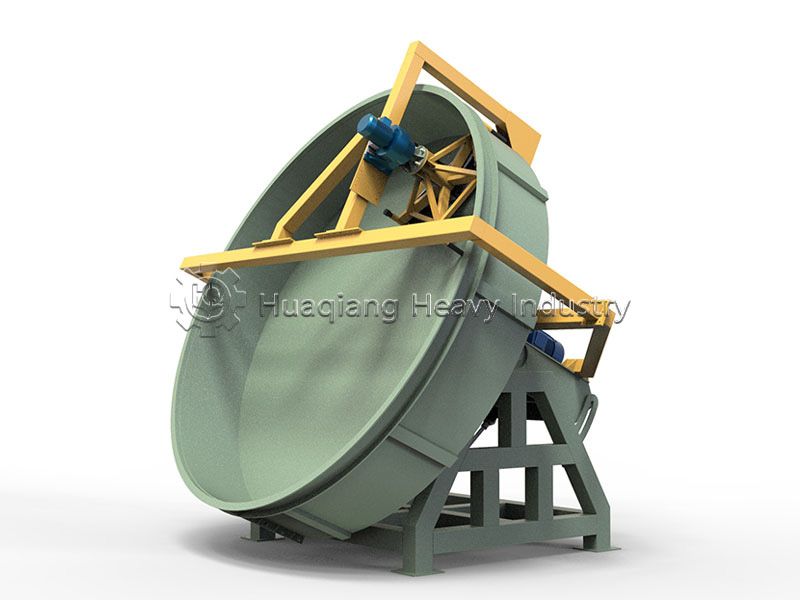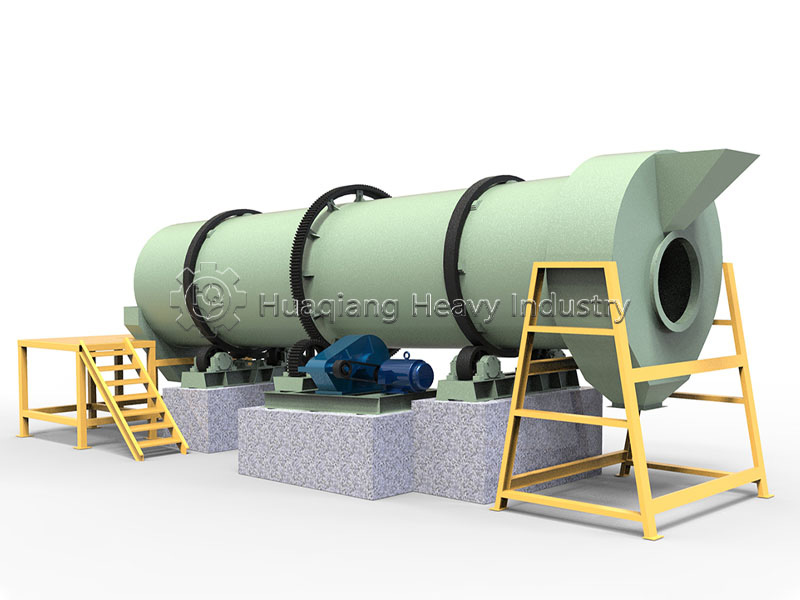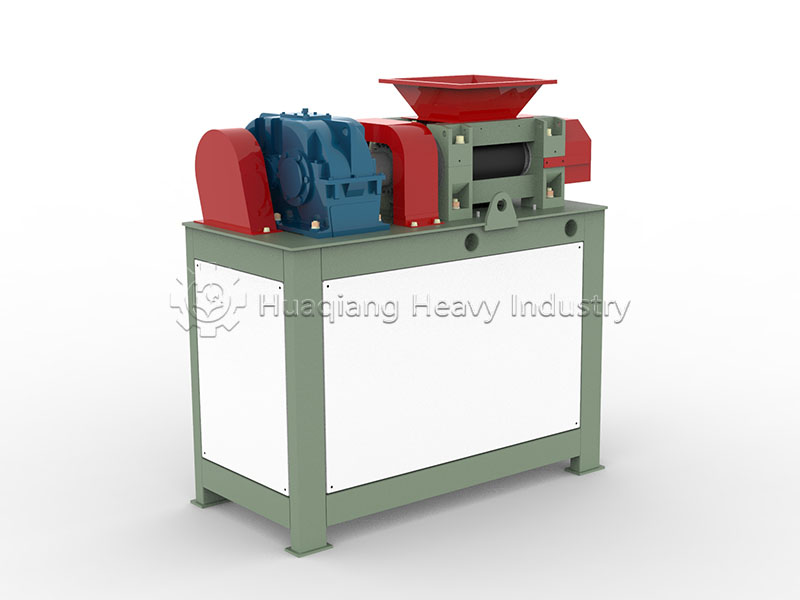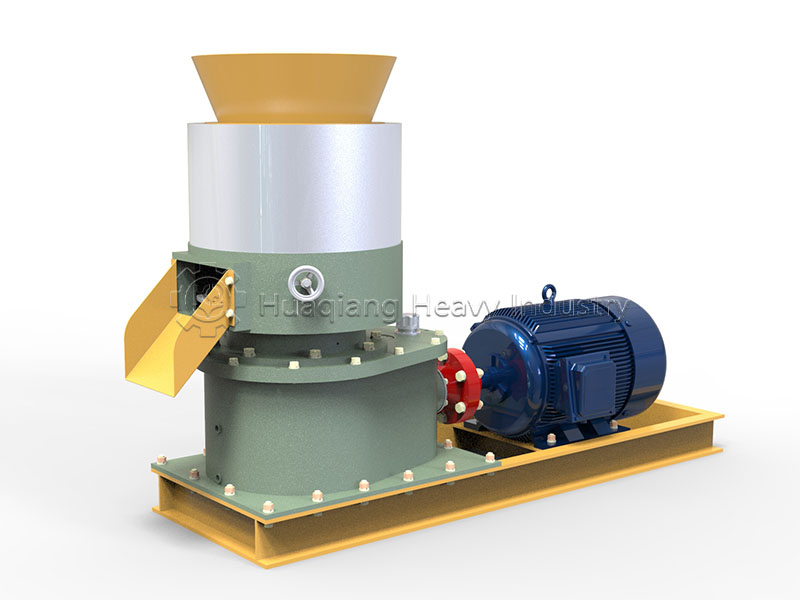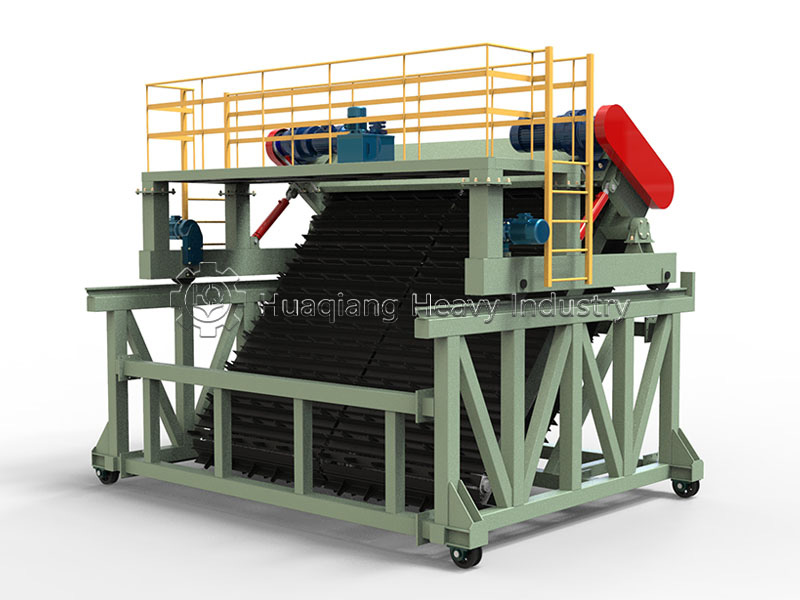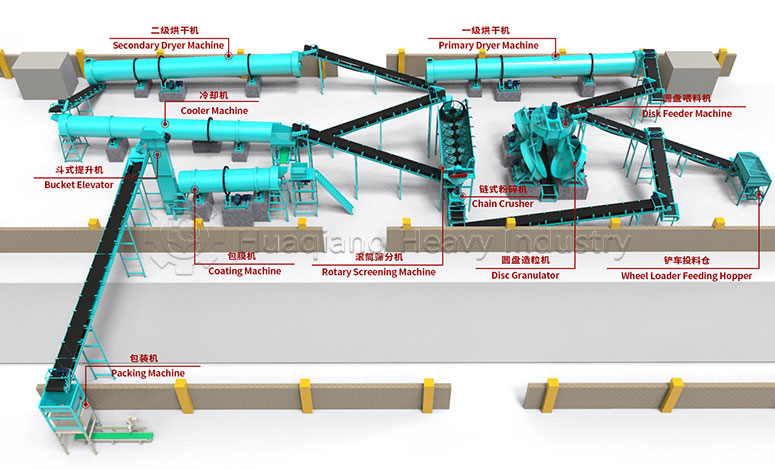The Water-Drinking Smart Fertilizer: Performance of double-layer coated slow-release NPK compound fertilizer
In farmland, water and fertilizer are the lifeblood of crop growth. However, traditional agriculture faces a serious challenge: a large portion of applied fertilizer nutrients are washed away by rain or evaporate before crops can absorb them. This not only causes enormous resource waste but also pollutes the environment.
Scientists have been searching for a smarter way to fertilize. Recently, an innovative “water-drinking smart fertilizer” has brought new hope.
The Shortcomings of Traditional Fertilizers
Conventional chemical fertilizers are like a downpour—they come quickly and leave quickly. Statistics show that the utilization rate of nitrogen fertilizer is typically only 30%-60%, and phosphorus fertilizer is even lower, at 10%-20%. Significant nutrient loss means farmers spend money without seeing the desired results, while rivers and lakes bear the burden of eutrophication.
The Ingenious Design of Double-Layer Coating
The core design concept of this new fertilizer is the combination of “controlled release” and “water retention.” Its structure is like a carefully designed sandwich:
Sturdy Core: The innermost part is a standard compound fertilizer granule rich in nitrogen, phosphorus, and potassium, providing the basic nutrients for crop growth.
Smart Inner Layer (Chitosan Coating): The core is wrapped in a layer of natural, biodegradable chitosan film. This material, extracted from shrimp and crab shells, acts like an intelligent valve, controlling the slow and sustained release of internal fertilizer nutrients, allowing crops to absorb them in a “steady stream.”
Super Outer Layer (Water-Absorbent Composite Coating): The outermost layer is a special material made from cross-linked polyacrylic acid and diatomite composite. This is where the real “black technology” lies:
Super Water Absorption: It can absorb up to 75 times its own weight in water, like countless miniature reservoirs.
Strong Water Retention: Even under pressure, the absorbed water is not easily lost.
Dual Protection: This sturdy outer coating also protects the inner chitosan film from mechanical damage.

Why Is It So Effective?
This double-layer design cleverly combines the advantages of various materials:
The Ingenious Use of Diatomite: Diatomite is a natural mineral with a porous structure and low cost. Incorporating it into the polymer not only enhances the material’s water absorption and retention capabilities but also reduces costs and improves its applicability in saline soils.
Eco-Friendly and Biodegradable: Both the inner and outer coating materials (chitosan and modified polymer) can degrade naturally in the soil without causing secondary pollution.
Precise Controlled Release: The nutrient release curve better matches the crop growth cycle, significantly improving fertilizer utilization efficiency.
Experiments show that this fertilizer can absorb 75 times its own weight in water after soaking in tap water for 2 hours and can slowly release nutrients over weeks or even months.
Addressing Global Challenges
This “water-drinking smart fertilizer” is particularly suitable for regions facing water scarcity. It can:
Reduce irrigation frequency and water usage by up to 30%-50%
Improve fertilizer utilization efficiency, reducing the amount of fertilizer needed
Provide a continuous buffer of water and nutrients for crops during dry seasons
Decrease the environmental impact of agricultural production
A New Direction for Future Agriculture
Moving from the laboratory to the fields, this innovative fertilizer represents the development direction of precision agriculture and green agriculture. It is not just a technological advancement but also a shift in agricultural production thinking—from extensive management to refined and sustainable resource utilization.
As the global population grows and climate change intensifies, such smart fertilizer technologies are expected to help us produce more food under limited land and water resources while protecting the ecological environment we depend on for survival.
From Innovative Coating to Industrial Production: The Future of Fertilizers
The development of smart, water-retaining fertilizers depends on sophisticated industrial processes to become a reality. The core nutrient pellet must first be produced using established npk fertilizer manufacturing process technology. This begins with precise raw material formulation in a npk blending machine, followed by the transformation of powders into uniform granules. Advanced npk granulation machine technology is employed, utilizing equipment like the disc granulator machine or a specialized fertilizer roller press machine, depending on the formulation and desired granule characteristics.
These core granules, produced on a complete npk fertilizer production line, are then ready for the advanced coating process that imparts the smart, water-absorbing properties. The integration of innovative material science with precision npk fertilizer production technology illustrates the future of agricultural inputs. It demonstrates how advancements in coating and controlled-release mechanisms must be paired with efficient, large-scale manufacturing—encompassing everything from initial blending in npk bulk blending machine systems to final granulation in npk fertilizer granulator machine equipment—to deliver next-generation fertilizers that address critical challenges of water scarcity, nutrient efficiency, and environmental sustainability in global agriculture.
